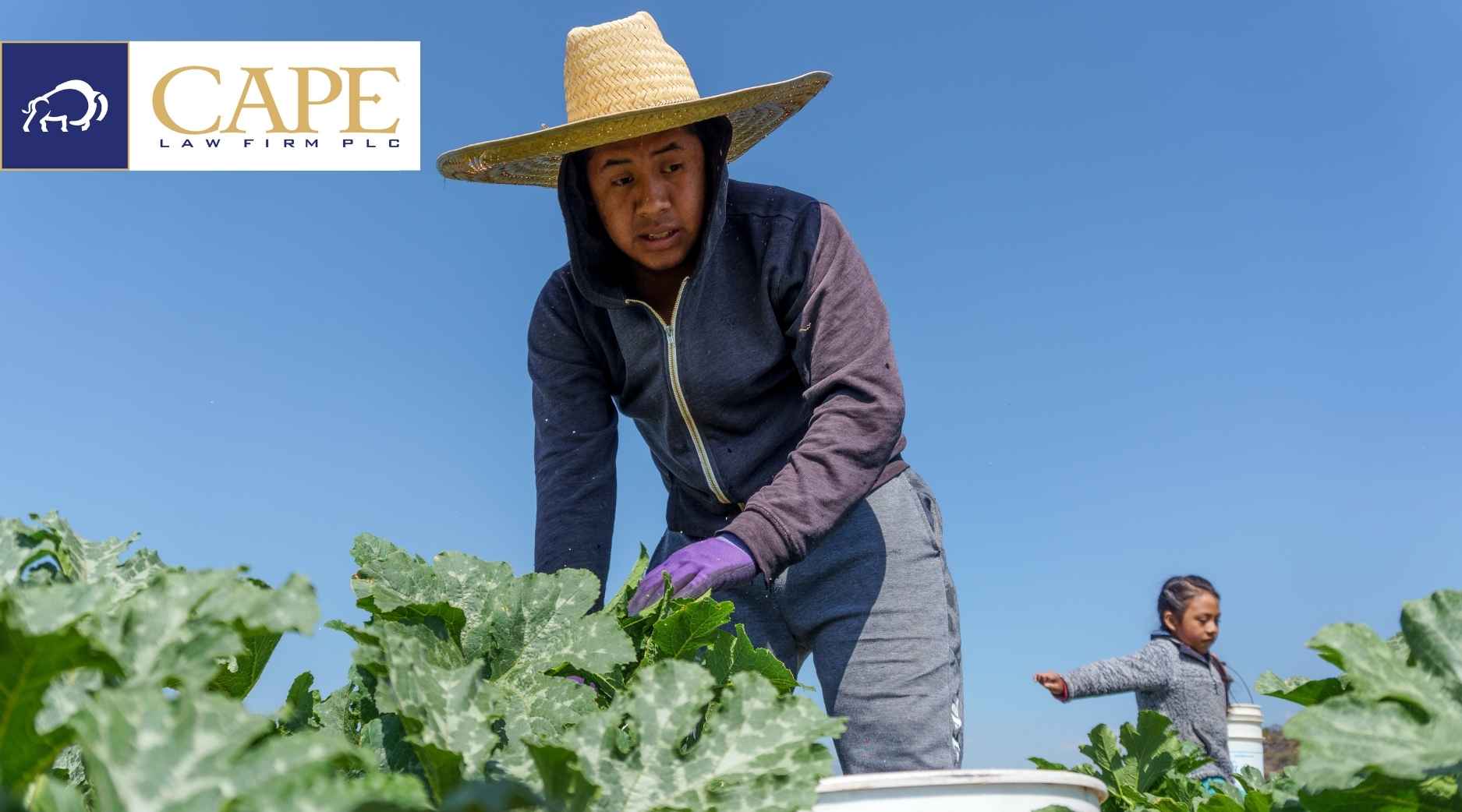Dicamba use continues a pattern of devastation
Another year, another wave of dicamba herbicide injuries has swept through rural America, repeating its troubling pattern of off-target impacts. Across the country, state regulators and extension agents are once again receiving a large number of complaints of dicamba herbicide injury to crops and other plants. In Arkansas, a recent report estimated that around 650,000 acres of soybeans have been damaged by dicamba. According to the report, at least 292 complaints have been filed with the Arkansas State Plant Board as of the first week of July and are increasing at a rate not seen since 2017, the first year that crops with dicamba-tolerant technology were fully authorized. The Arkansas experience is not unique as a recent article in DTN reported that several states are reporting significant numbers of dicamba complaints for the fifth year in a row. Many weed scientists investigating the dicamba complaints are seeing landscape-level damage in which the entire landscape – trees, shrubs, gardens, and the like – are all showing injury from the herbicide. Some scientists are questioning whether farms trying to grow vegetables, fruits, and tree nuts will even be possible while the dicamba-tolerance technology remains on the market. As we reported earlier this year, a group of Texas wine grape growers and an Arkansas honey producer have filed lawsuits stemming from dicamba damages.
Frustration is starting to boil over even within the soybean industry where dicamba-tolerance technology is used most heavily. Harry Stine, considered by many to be the godfather of modern soybean genetics, put it bluntly: “In my opinion, dicamba has caused more damage to American agriculture than anything I have witnessed in my lifetime.” Stine reported that hundreds of thousands of his company’s research plots (over a million planted each year) have been damaged by dicamba, totally destroying the data from the plots. The problem is shared by Universities throughout the Midwest and the South which have seen their own research, field trials, and student projects ruined by dicamba injury. Stine Seed Company has begun offering dicamba damage testing for free to its customers.
The EPA’s latest efforts to stem the tide of dicamba injuries remain unsuccessful. After the 2020 growing season, the EPA added a requirement for growers and commercial applicators to use a new “volatility reducing agent” when spraying dicamba. While EPA expressed confidence that the volatility reduction agents would reduce the herbicide’s damage, the experience this season tells a different story as injury claims continue to surge. According to DTN, the EPA has still not implemented a formal method for collecting off-target dicamba movement, but will rely on data received from the herbicide’s registrants, Bayer, BASF, and Syngenta.
Cape Law Firm’s Frequently (or Randomly) Asked Questions
What is abandonment of a trademark?
Trademarks generally arise when a mark has been used in commerce for particular goods or services. However, to keep rights in a trademark the mark owner has to keep using the mark in commerce. Federal law provides that a trademark is considered abandoned if “its use has been discontinued with intent not to resume such use.” Thus, if the owner stops using the mark, it may become “abandoned” and someone else might be able to use it to brand their own goods or services. The law will presume that a trademark has been abandoned if it has not been used for three consecutive years.




